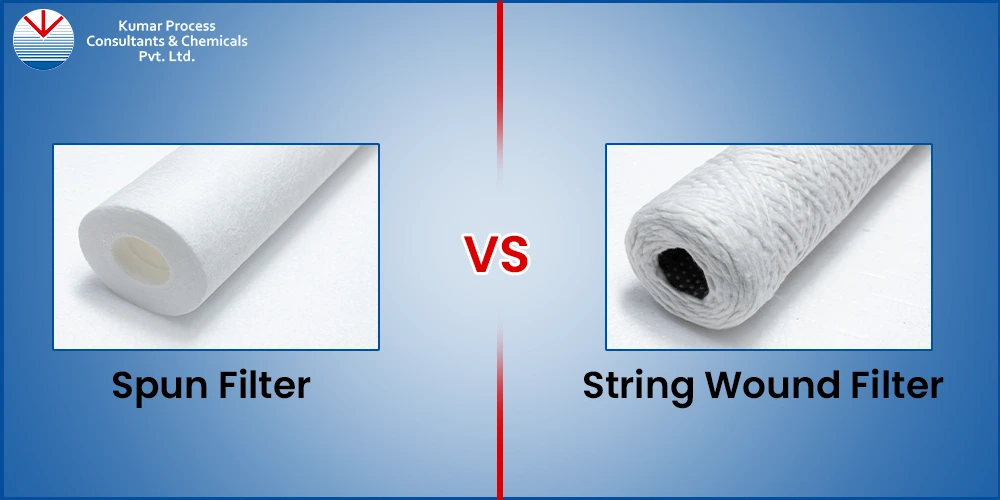


Filter cartridges are important parts of filtration systems that clean liquids by removing dirt and impurities. Among the various types of filter cartridges available, two popular options are string wound and spun filters. String wound filters use tightly wound materials like cotton or polypropylene, ideal for removing sediment and enduring high temperatures in industrial settings. Spun filters are made by melting and spinning materials into fine fibers, providing high liquid flow rates while effectively trapping particles.
When deciding between these two types of filters, it's important to consider your specific filtration needs—whether you prioritize sediment removal, high flow rates, or durability in challenging conditions. Understanding these differences will help you pick the right filter cartridge for your filtration system so it works really well and lasts a long time.
A string wound filter cartridge is a crucial part of filtration systems for removing particles from liquids and gases. They are made by tightly winding materials like cotton, polypropylene, or fiberglass around a central core. During manufacturing, yarn is wound around a core in a honeycomb pattern, creating a gradient structure that traps contaminants effectively. These cartridges are robust, withstand tough conditions, and are easy to install and maintain. They're widely used in various industries due to their high filtration standards and cost-effectiveness, but selecting the right one depends on specific particle size, fluid characteristics, and filtration needs.
A spun filter is made from thermally bonded polypropylene microfibers, ensuring high efficiency with minimal fiber release and consistent flow rates. They're ideal for food and beverage applications as they don't alter the liquid's color, taste, or odor and can handle temperatures up to 80 degrees Celsius. These filters are effective for removing a wide range of particle sizes and gelatinous contaminants through depth filtration. They're widely used in industries like manufacturing, pharmaceuticals, and water treatment for their durability and ability to maintain liquid quality.
When comparing string wound filter cartridges to spun filter cartridges, the differences lie primarily in their construction, filtration efficiency, dirt-holding capacity, and cost considerations.
Filtration Efficiency: Spun filter cartridges typically provide higher filtration efficiency for smaller particles, down to a 0.3-micron rating, compared to string wound filters.
Dirt-Holding Capacity: String wound filters have a greater dirt-holding capacity due to their larger void spaces, while spun filters maintain uniform dirt collection throughout their matrix.
Cost: String wound filters are usually cheaper because they are easier to make and use less expensive materials. However, new technologies for making spun filters have made them more affordable.
|
Parameter |
String Wound Filter Cartridge |
Spun Filter Cartridge |
|
Design/Structure |
Layers of wound string fibers around a core |
Fine mesh of melted and blown thermoplastic fibers around a core |
|
Fluid Path |
Water flows through winding spaces between strings |
Water passes through fine mesh of melted fibers |
|
Efficiency Rate |
Effective for larger particles and sediment removal |
Efficient in capturing fine particles |
|
Micron Rating |
Typically ranges from 10 to 100 microns |
Usually offers a lower micron rating for fine filtration |
In summary, both string wound and spun filter cartridges are good for industrial filtration, but they work best in different situations and have different costs. When deciding between them, think about what you need to filter, the type of contaminants, and the needs of your specific application.
A spun filter is a cartridge made from melted polypropylene, spun into a fine mesh structure. It effectively removes dirt, rust, and sediments from water. These filters are widely used in water treatment, manufacturing, and pharmaceutical applications.
Spun filters are designed for fine sediment removal, offering uniform filtration. In contrast, wound filters have a layered structure, making them ideal for trapping larger particles. Both are available in various micron ratings to suit different filtration needs.